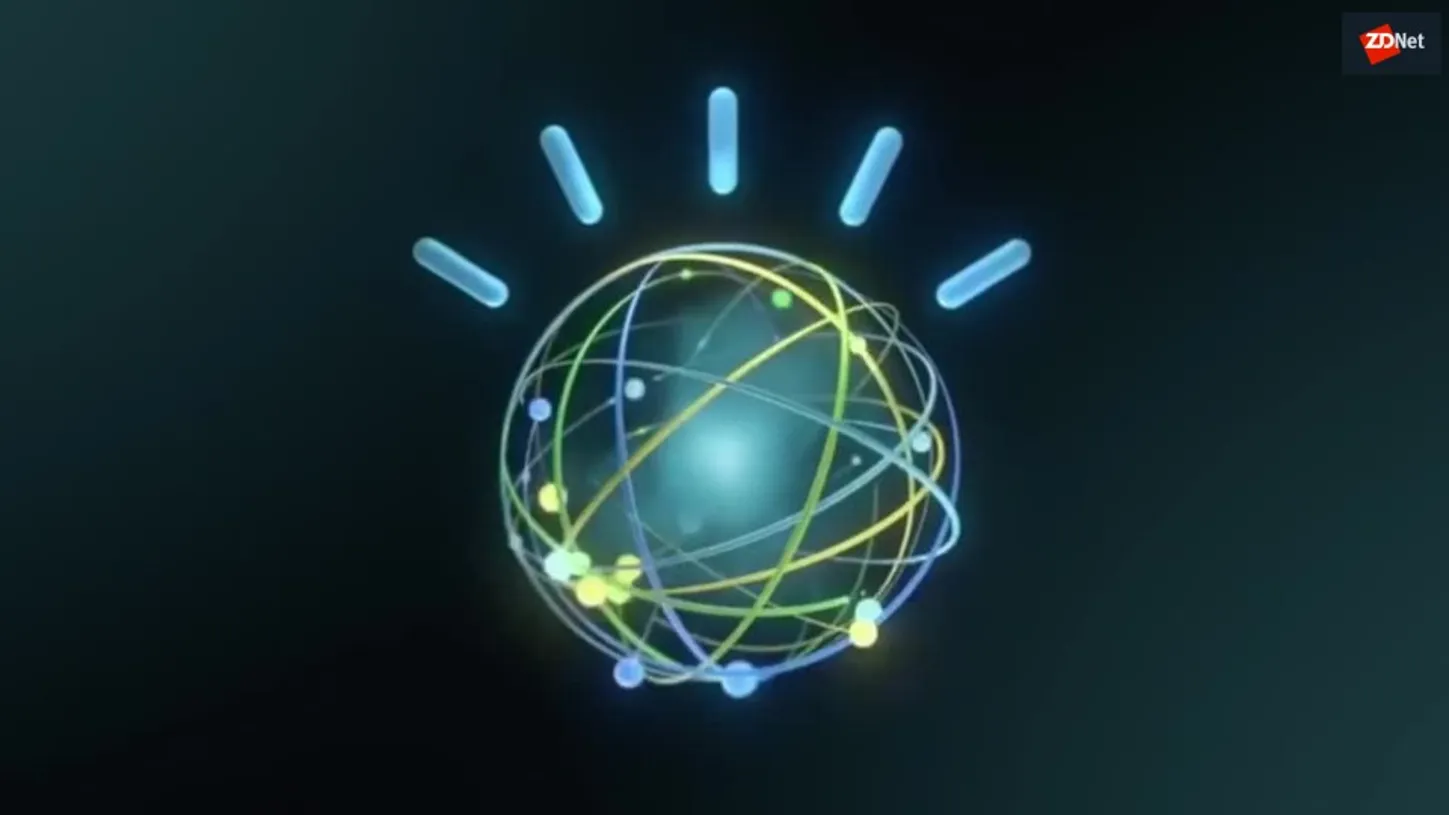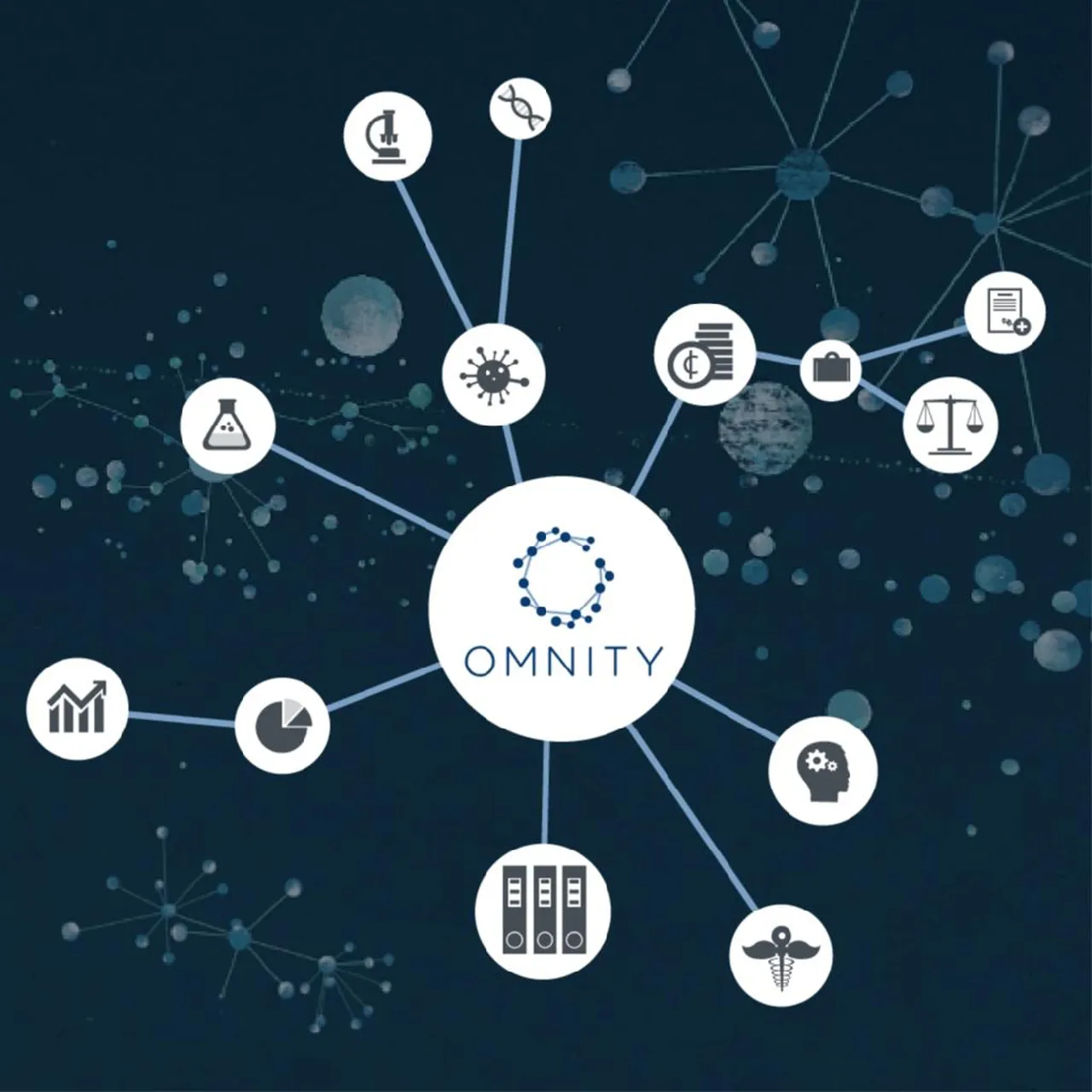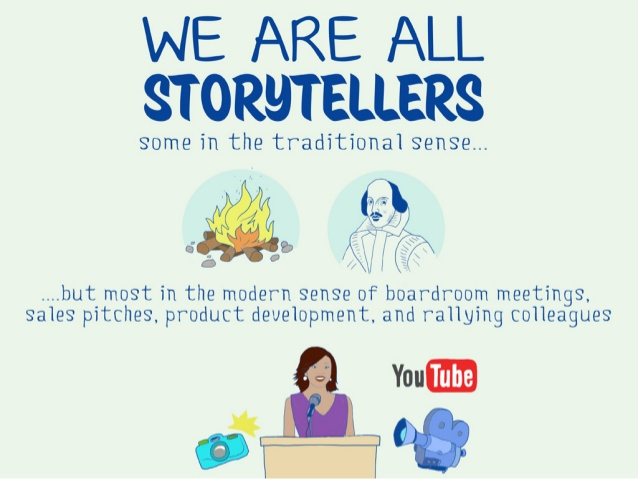Semantic data lake architecture in healthcare and beyond

Data lakes can be a great asset, but they need an array of elements to work properly. We take a look at how it works for Montefiore Health System and discuss the role of semantics and graph databases in the data lake architecture.
Read More →Graph databases and RDF: It’s a family affair

RDF is a graph data model you've probably either never heard of, or already dismissed. Why is that, could there be value in it, and how does it differ from the most popular graph data model out there?
Read More →The continuing rise of graph databases

Graph technology is well on its way from a fringe domain to going mainstream. We take a look at the state of the union in graph, featuring Neo4j's latest release and insights as well as data and opinions from Cloudera, DataStax, and IBM.
Read More →Language agnostic document processing: Finding relations using statistics, machine learning, and graphs

Would you like to be able to find related work regardless of domain or language, more efficiently than you ever thought possible? Omnity is out to help achieve this, using a mix of techniques.
Read More →I got 99 data stores and integrating them ain’t fun

Data integration may not sound as deliciously intriguing as AI or machine learning tidbits sprinkled on vanilla apps. Still, it is the bread and butter of many, the enabler of all things cool using data, and a premium use case for concepts underpinning AI.
Read More →What IBM, the Semantic Web Company, and Siemens are doing with semantic technologies

Defining semantics is a matter of semantics, not less so in the Big Data space.
Read More →How i learned to stop worrying and love telling stories

I’ve got tech, data, and media, and i’m not afraid to use them. Here’s my story, why you may care, and how to make sure you’re up to date. A geek’s life I have not always liked writing, neither have i always been that good at making cases and telling stories. Or at least, that’s […]
Read More →RDF on Hadoop and Schema on Read vs. Schema on Write

One of the challenges for any Big Data solution is dealing with scale, and RDF stores are no exception: going for billions of RDF triples (the equivalent of rows in the SQL world) is not trivial. Hadoop on the other hand is great at scaling out on commodity hardware, which is a feature every MPP […]
Read More →SPARQL City and Benchmarks

We have written in the past about SPARQL, Hadoop and benchmarks. In this post, we take a look at a company that combines all of these subjects, SPARQL City, on the occasion of the results they released after subjecting their product, SPARQLVerse, to the SP2 benchmark. This year’s NoSQLNow conference was colocated with SemTechBiz, providing […]
Read More →On APIs, JSON, Linked Data, attitude and opportunities

I’ve been meaning to revisit some of the things i’ve been writing about and getting feedback on lately – APIs, the JSON vs. XML “non” debate and Linked Data. My focus was going to be on JSON-LD as the low-hanging fruit of Linked Data, and this week some news came out that gave me the […]
Read More →